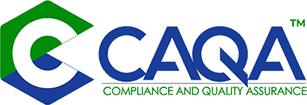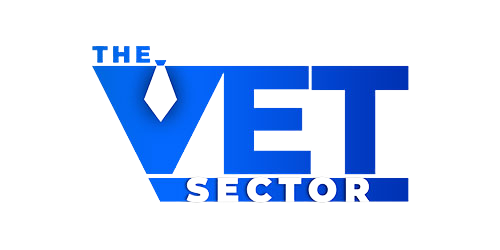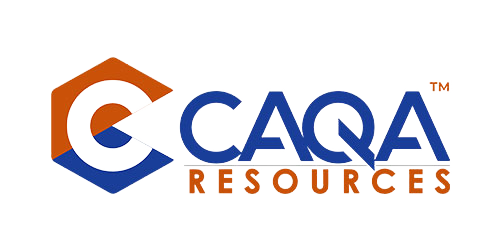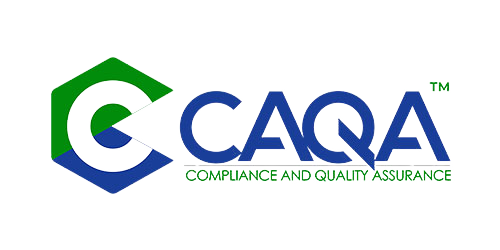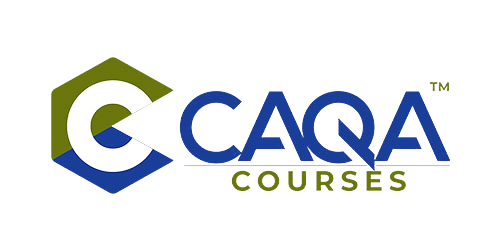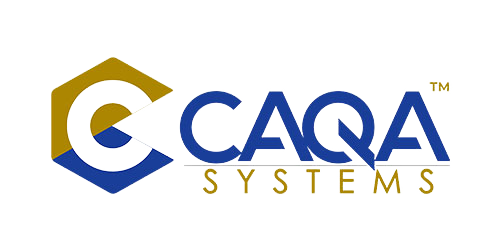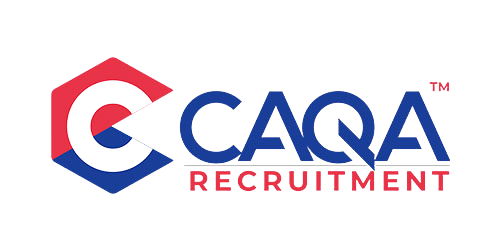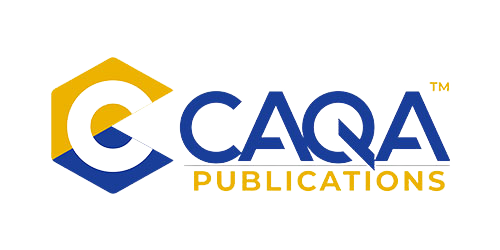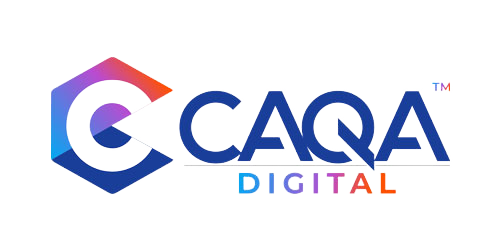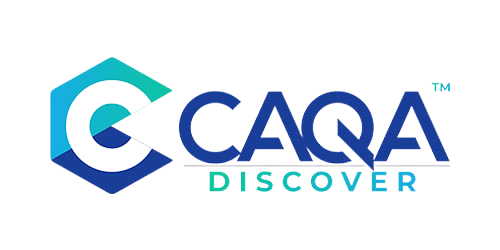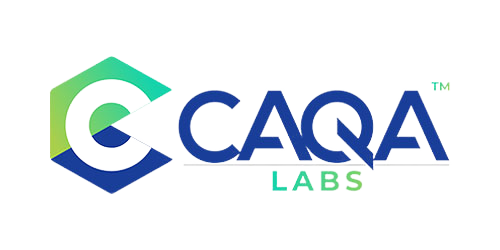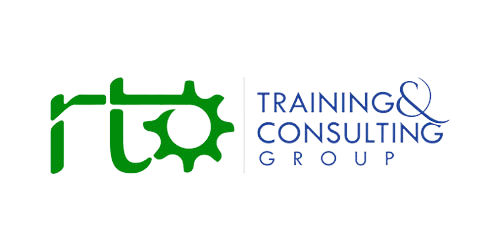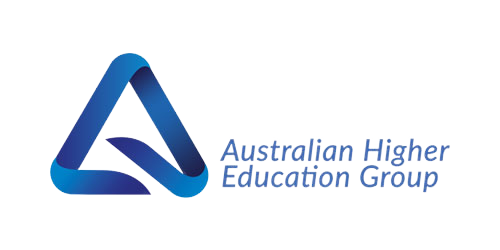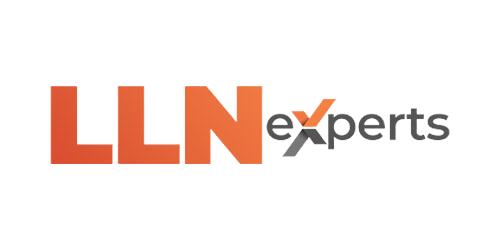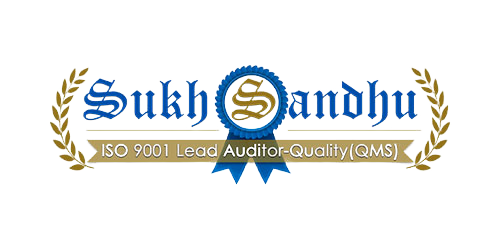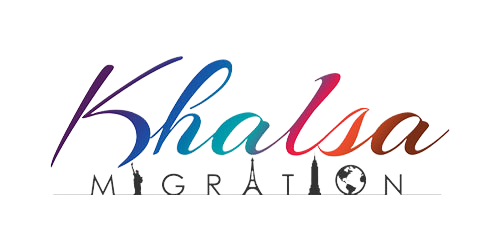Recognition of Prior Learning (RPL) is an essential component of vocational education and training (VET) in Australia. It enables students to gain recognition for their prior learning—whether formal, informal, or non-formal—by assessing their existing skills and knowledge against the requirements of a training product. However, the Australian Skills Quality Authority (ASQA) mandates that RTOs conduct RPL processes in a way that ensures the integrity, fairness, and validity of outcomes. Below is a comprehensive guide to the critical questions RTOs must ask themselves when conducting RPL, along with an in-depth explanation of their significance.
Have I made information about unit requirements and evidence standards available to students?
Providing clear and accessible information is the first step in ensuring an effective RPL process. Students must understand the requirements of the unit of competency for which they are seeking recognition. This includes clarity on the knowledge, skills, and performance criteria they are expected to meet. Additionally, RTOs must outline the level and quality of evidence required for assessment.
Without proper guidance, students may fail to present sufficient or relevant evidence, leading to delays or the rejection of their RPL application. RTOs should develop comprehensive information materials, including RPL guides, unit descriptors, and evidence templates, to ensure students are well-informed. These materials should specify examples of acceptable evidence—such as work samples, resumes, or references—and clarify how these will be assessed against the unit's requirements. Regular communication with students is essential to address any questions or misconceptions early in the process.
Is the evidence provided by the student sufficient to show that their skills and knowledge match the training product?
The sufficiency of evidence is a cornerstone of the RPL process. Evidence must demonstrate that the student’s skills and knowledge comprehensively meet the requirements of the training product. Assessors should critically evaluate whether the evidence covers all elements, performance criteria, and required skills and knowledge specified in the unit of competency.
Evidence should be mapped against the unit's requirements using a structured approach, such as a competency matrix. This process ensures that each piece of evidence aligns with specific aspects of the training product, leaving no gaps in assessment. For instance, if a student provides workplace reports as evidence, the assessor must determine whether these documents sufficiently demonstrate competency in all required areas or whether additional evidence is needed.
Have I Documented This Evidence?
Documentation is not just a regulatory requirement but also a vital aspect of maintaining transparency and accountability in the RPL process. RTOs must retain detailed records of all evidence submitted by the student and the outcomes of the assessment process. These records serve as proof of compliance during audits and protect the RTO in case of disputes or appeals.
Assessors should use standardised documentation tools, such as assessment checklists and evidence mapping templates, to ensure consistency and accuracy. Records should include the student’s submitted evidence, the assessment outcome, and the rationale for the decision. Storing these records securely for the required retention period also demonstrates the RTO’s commitment to quality assurance.
Are there any gaps in the Students' skills and knowledge that need gap training?
Even when a student has significant prior learning, there may still be areas where their skills and knowledge do not fully align with the requirements of the unit. Identifying these gaps is a critical aspect of the RPL process, as it enables the RTO to provide targeted gap training.
Gap training ensures that students achieve full competency while avoiding unnecessary repetition of content they have already mastered. This approach benefits students by saving time and resources while ensuring the quality of their training outcomes. RTOs should collaborate with students to design a personalised training plan that addresses identified gaps, aligning with the principles of fairness and flexibility in assessment.
Do My Assessment Processes for RPL Meet the Principles of Assessment?
The principles of assessment—fairness, flexibility, validity, and reliability—are the foundation of all assessment processes, including RPL. These principles ensure that assessments are conducted in a manner that is equitable, transparent, and aligned with industry standards.
- Fairness: The RPL process must accommodate the unique circumstances of each student. For example, if a student requires additional support to gather evidence, the RTO should provide guidance without compromising the integrity of the assessment.
- Flexibility: Assessment methods should be adapted to suit the evidence provided by the student while still meeting the unit’s requirements. This may involve using diverse assessment methods such as interviews, practical demonstrations, and portfolio reviews.
- Validity: Assessments must measure the competencies specified in the unit of competency. Evidence must be directly relevant to the required skills and knowledge.
- Reliability: The RPL process should yield consistent results regardless of who conducts the assessment. Standardised tools and assessor training help achieve this consistency.
RTOs should regularly review their RPL processes to ensure alignment with these principles and make improvements where necessary.
Does the Student’s Evidence Meet the Rules of Evidence?
The rules of evidence—validity, sufficiency, authenticity, and currency—are essential for ensuring the integrity of RPL outcomes. Each rule plays a critical role in assessing the quality of the evidence provided by the student.
- Validity: Evidence must be directly relevant to the unit of competency. For example, a certificate from a previous course may only be valid if it aligns with the specific skills and knowledge required by the unit.
- Sufficiency: The quantity of evidence must be adequate to demonstrate the student’s competency in all aspects of the unit. This may involve collecting multiple pieces of evidence that collectively cover all criteria.
- Authenticity: Evidence must be the student’s own work. RTOs can verify authenticity through methods such as interviews, supervisor references, or observed practical demonstrations.
- Currency: Evidence must reflect the student’s current skills and knowledge. Outdated evidence may not accurately represent the student’s capabilities and should be supplemented with recent examples.
Assessors should systematically evaluate the evidence against these rules, documenting their findings to ensure transparency and accountability.
If the Rules of Evidence Are Not Met, Am I Informing the Student and Providing Support?
When a student’s evidence does not meet the required standards, assessors must communicate this clearly and provide guidance on how to address the deficiencies. This includes explaining why the evidence is insufficient and offering strategies for improvement, such as submitting additional evidence or undertaking gap training.
Providing constructive feedback and support ensures that students remain engaged in the process and have a fair opportunity to achieve recognition. This approach aligns with the principles of fairness and flexibility, reinforcing the RTO’s commitment to student success.
Do I Have Systems and Processes in Place to Ensure Evidence Is Robust?
The robustness of the RPL process depends on the systems and processes established by the RTO. These systems should support assessors in conducting thorough and consistent evaluations of evidence. Key elements of a robust system include:
- Standardised Tools: Templates for evidence mapping, assessment checklists, and feedback forms ensure consistency across assessments.
- Assessor Training: Regular training equips assessors with the skills and knowledge needed to evaluate evidence effectively and fairly.
- Quality Assurance Mechanisms: Internal audits and peer reviews help identify and address weaknesses in the RPL process.
By implementing these systems, RTOs can ensure that their RPL processes are credible, transparent, and aligned with regulatory requirements.
Conducting RPL in accordance with ASQA’s directions is a multifaceted process that requires careful planning, thorough evaluation, and ongoing quality assurance. By addressing the key questions outlined above, RTOs can ensure that their RPL processes are fair, valid, and compliant with regulatory standards. This not only upholds the integrity of the qualifications they issue but also provides students with a meaningful pathway to recognition and professional growth. For RTOs, a robust RPL process is an investment in quality education and training that benefits students, industry, and the VET sector as a whole.
